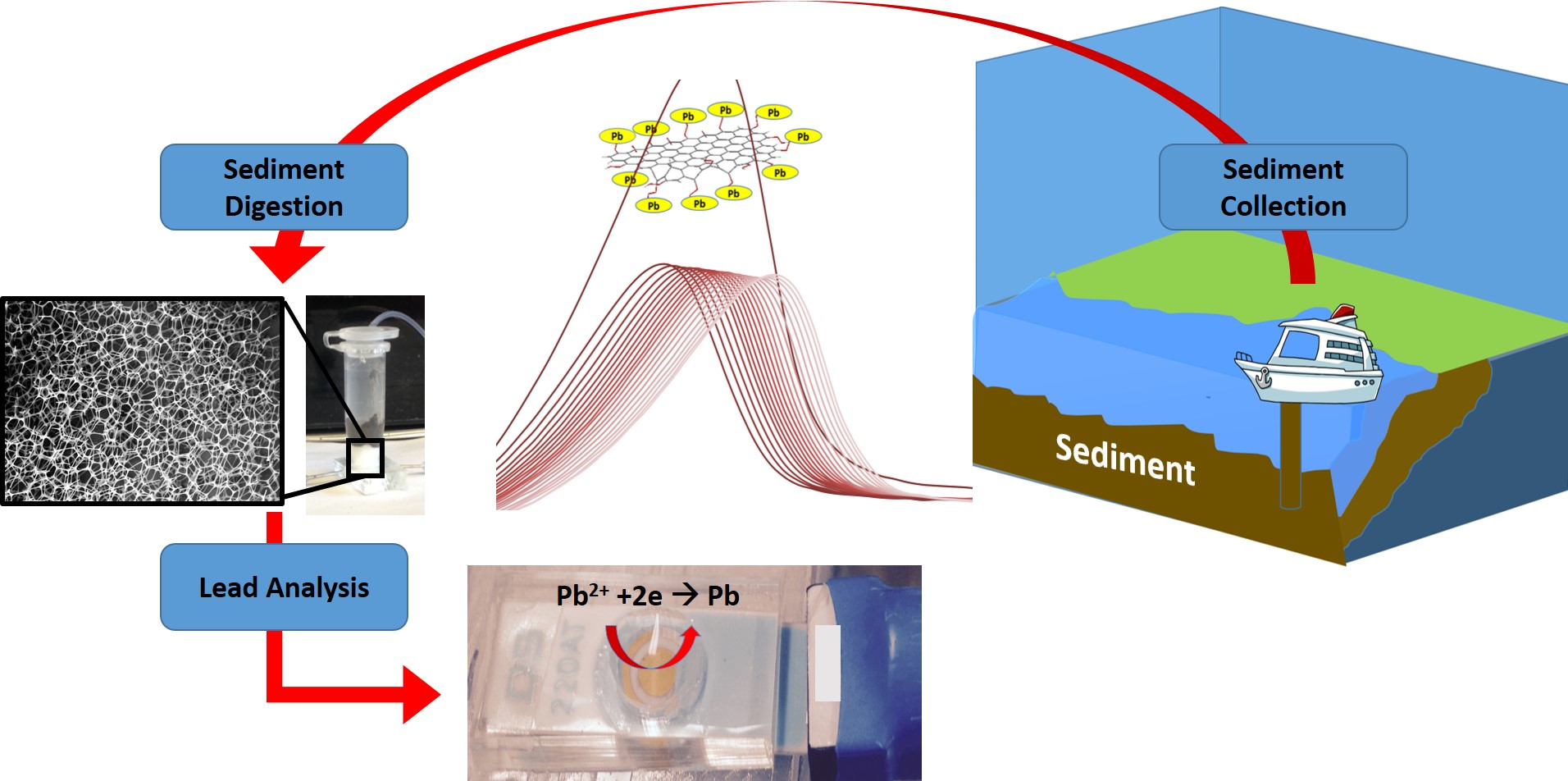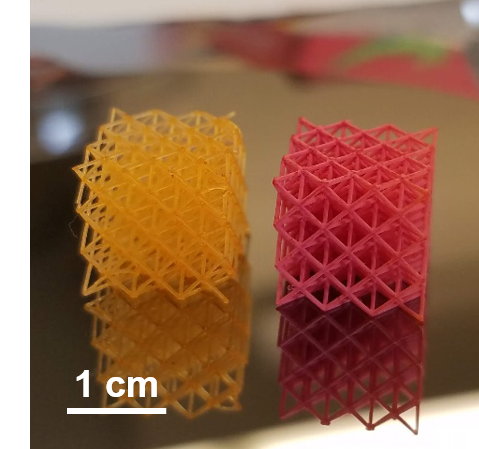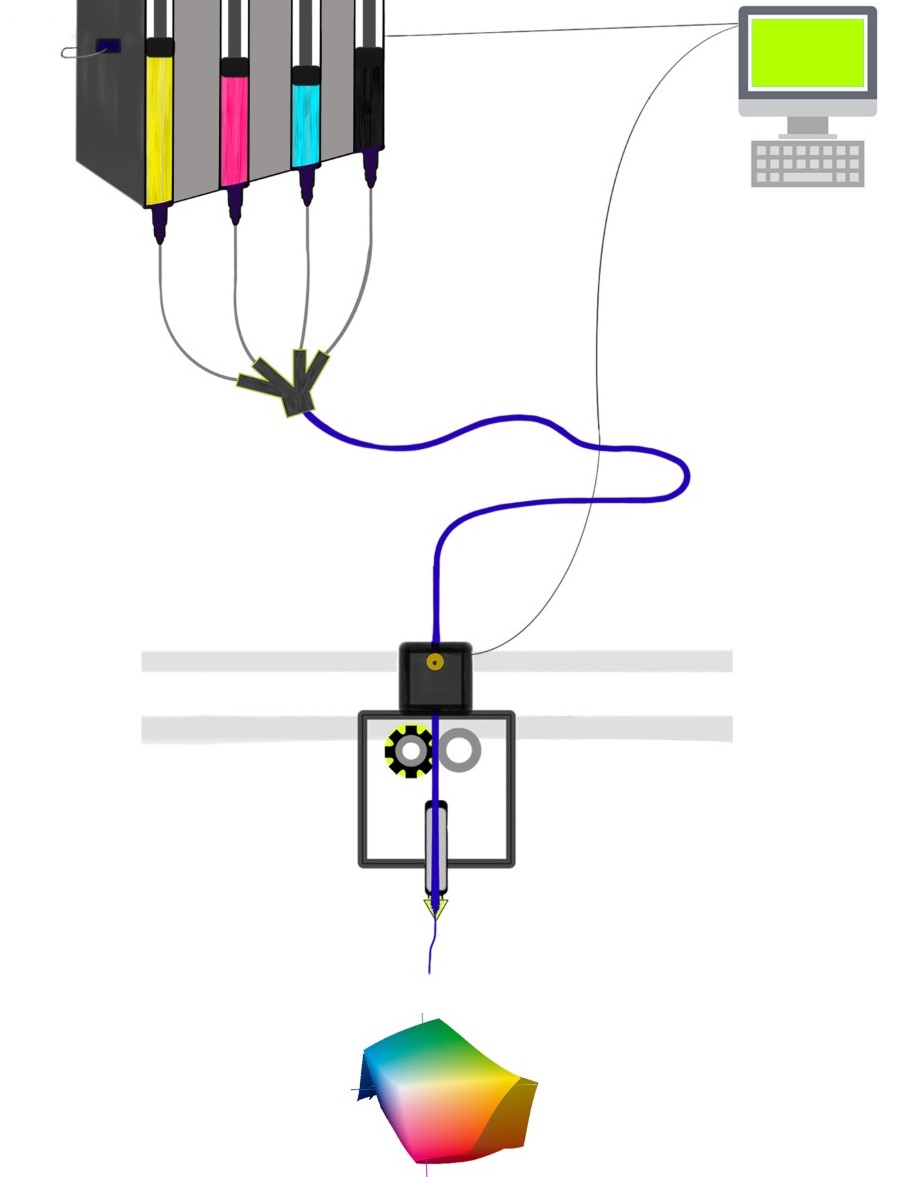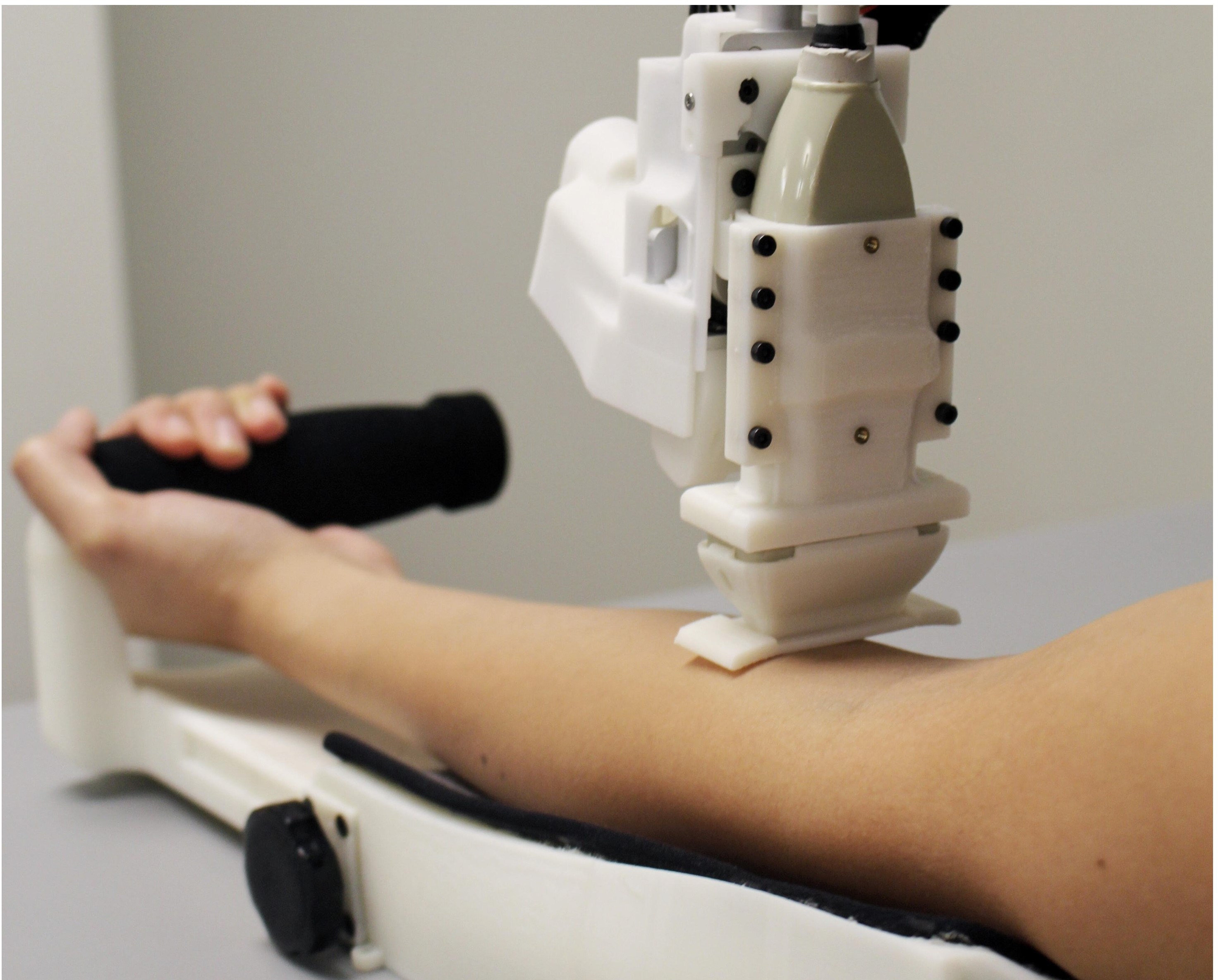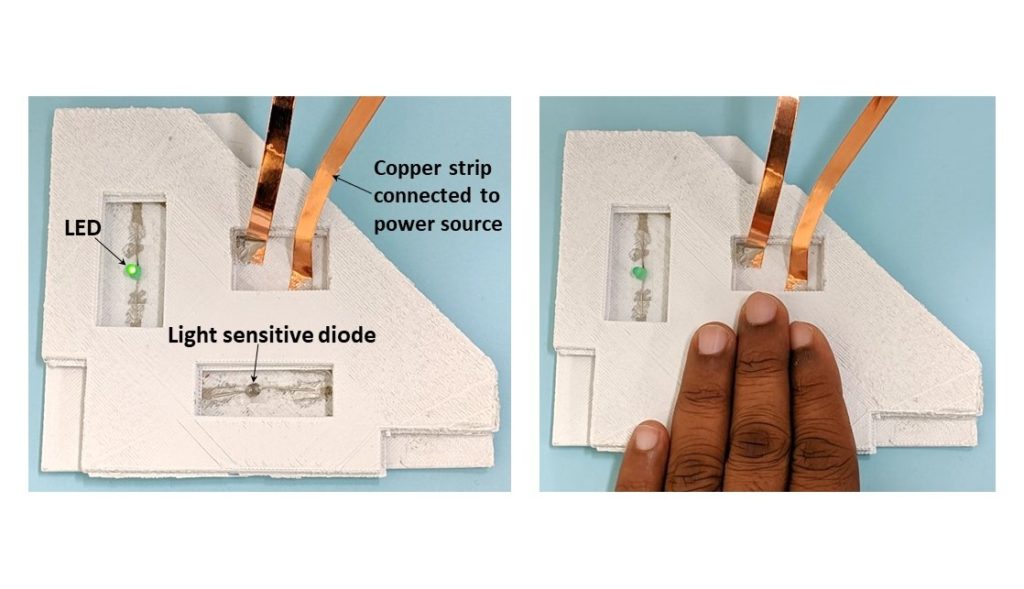How do you turn “dumb” headphones into smart ones? Rutgers engineers have invented a cheap and easy way by transforming headphones into sensors that can be plugged into smartphones, identify their users, monitor their heart rates and perform other services. Their invention, called HeadFi, is based on a small plug-in headphone adapter that turns a regular headphone into a sensing device. Unlike smart headphones, regular headphones lack sensors. HeadFi would allow users to avoid having to buy a new pair of smart headphones with embedded sensors to enjoy sensing features.

